Who doesn’t want to harvest their vegetables quickly? When you are growing your own vegetables in pots, you shouldn’t have to go to the grocery store or garden market as often. Want to know what vegetables can you grow in containers for a quick harvest?
In this article, we will discuss how to produce some of the fastest vegetables grown in pots.
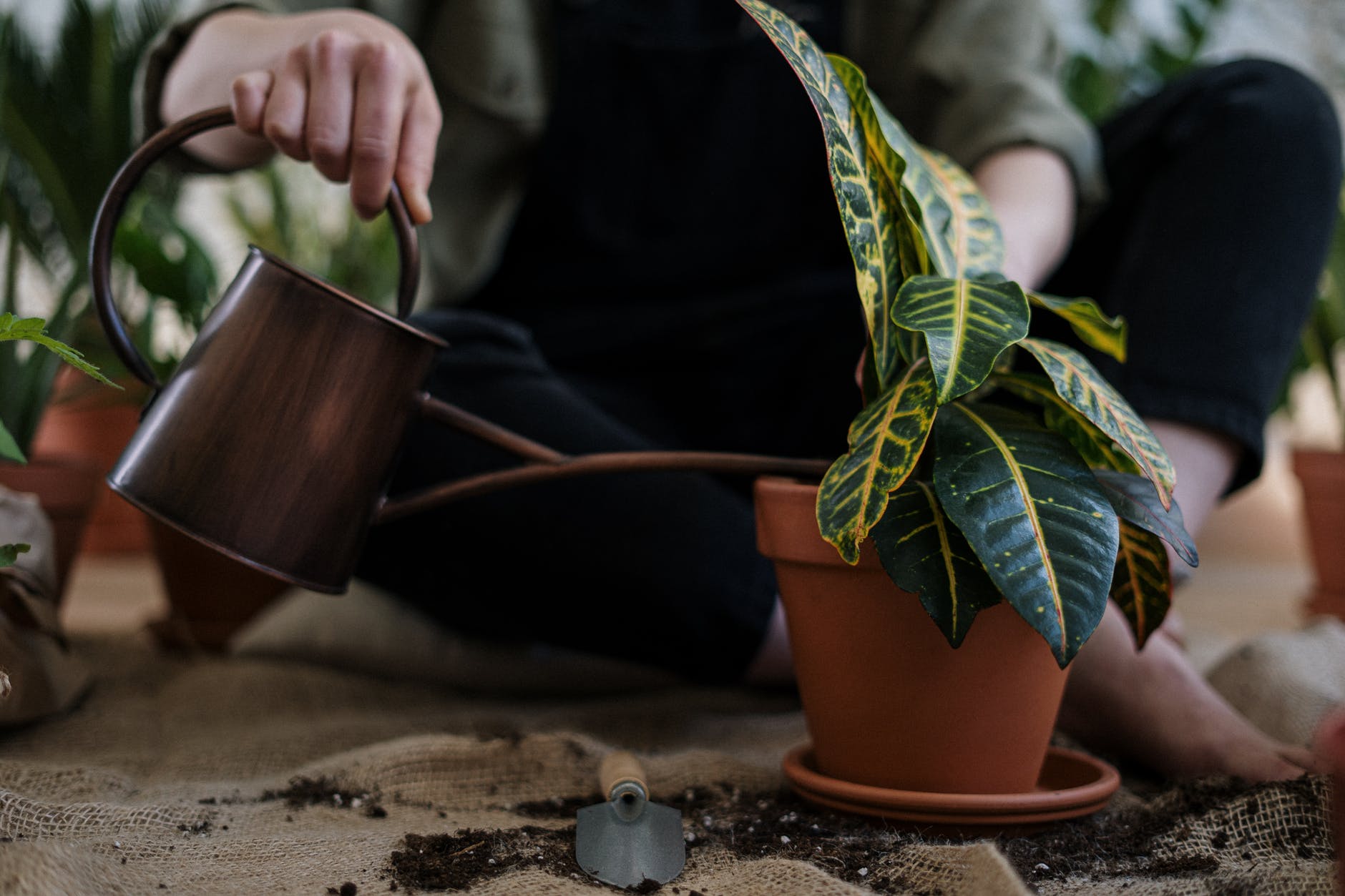
7 Vegetables That Grow Quickly In Pots
Fasten your seatbelt because it is going to be a quick ride!!!
Lettuce
Depending on the varietyPlant varieties make up a species. Varieties are plants in a species that have unique characteristics from other plants in that species. For example, watermelons have varieties that are seedless. of lettuce that you are growing, this vegetable matures in 45-55 days (i.e., less than two months). You can plant lettuce 2-3 times yearly.
It is simple to grow lettuce. Simply plant the seeds ¼ inches deep, then keep watering until they harvest. Lettuce prefers well-drained but moist soil. You can start growing lettuce some weeks before late frost by starting them indoors. Make sure that the plants receive sufficient sunlight or grow lights.
Some lettuce requirements are:
- pHPotential of Hydrogen or pH is a measurement of the acidity or alkalinity of any material. pH is read from 0-14. 0-6.9 is acidic, 7 is neutral, and 7.1-14 is alkaline (or basic): 6-7
- Soil: Well-drained
- Sunlight: Full or partial shade
- Optimum temperature: 60°-65°F (15.5°-18.3°C)
Remember to feed your plants with nutrient-rich fertilizers.
Widespread lettuce pests include:
- Aphids
- Crickets
- Flea beetles
- Grasshoppers
- Garden symphylans
Keep reading for tips on pest control.
Spinach
You can harvest spinach leaves in 4-6 weeks after planting. Spinach and a few other vegetables prefer a neutral or slightly alkalineAny material with a pH of more than 7 to 14. Alkaline materials can also be called basic. Any material with pH 7 is neutral, while pH less than 7 to 0 is acidic. soil (pH 7-8). If the pH of your potting soil is below 7, increase it with lime.
For most gardeners, it is best to start spinach in the fall. Plant spinach seeds 1 inch apart in the pot and then cover them with ½ inch of soil. For rapid seed germinationThe growth and development of a new plant from a seed or spore after a period of dormancy. In germination, the embryo's leaf (or leaves) and stem shoot out while the embryonic root digs deeper into the medium. (less than a week), the soil should have a temperature of 70°-80°F. For optimum sunlight, place your pots in the southern part of your home.
Spinach requirements are:
- pH: 7-8
- Sunlight: Full sun
- Soil: Well-drained, rich in nutrients
- Temperature: 70°-80°F (21°-26.6°C)
You can harvest spinach multiple times. Cut the older leaves first and allow the young leaves to grow for the future.
Some spinach pests are:
- Aphids
- Leaf miners
- Grasshoppers
- Corn earworms
- Garden snails and slugs
Radishes
Radishes are hardy, easy to grow, and can be harvested three weeks after planting. They are among the fastest and easiest vegetables to grow in pots.
You should plant radish seeds in spring and fall. Planting them in the hot days of summer can cause them to boltA bolt is a plant that produced flowers prematurely. Plants can quickly produce flowers (i.e. before they are ready for harvest) when they are stressed. They bolt to quickly reproduce., making them useless. Bury radish seeds ½-1 inch deep, 1 inch apart. For a continuous harvest, you can plant a new set of radish seeds every ten days.
Basic radish requirements are:
- pH: 6.5-7.0
- Sunlight: Full sunFull sun refers to six (or more) hours of sunlight. Some plants require full sun to grow and produce fruits. Examples of plants that require full sun are tomatoes, potatoes, carrots, etc. (essential)
- Soil: Nutrient-rich, well-drained
- Temperature: 60°-65°F (15.5°-18.3°C) optimum, 50°-70°F (10°-21°C) tolerable
To harvest your radishes, pull out the plant and root.
Common radish pests are:
- Aphids
- Cutworms
- Flea beetles
- Cabbage loopers
- Harlequin beetles
Cherry Tomatoes

Cherry tomatoes are little tomato varieties that grow quickly. In less than three months, the sweet fruitsFruits are seed-bearing pods or capsules of flowering plants. Fruits are full of nutrients that can enrich germinated seeds. Examples of fruits are tomato, banana, watermelon, and cucumber fruits. are ready to be picked. The best cherry tomato varieties to grow in pots are, Lizzano, Tumbling Tom, and Terenzo. You can also plant other types.
Plant the seeds by covering them with less than ¼ inch of soil. In 5-8 days, the seeds will sproutA sprout is any newly germinated seedling that has emerged from the seed coat and the medium (e.g. soil). When plants sprout, they are still attached to the seed and have their first set of leaves.. You can start the plants early by growing them indoors in March or April. Tomatoes need uniformly moist but well-drained soil.
Other cherry tomato requirements are:
- pH: 6.0°-6.8°
- Sun: Full sun (6-8 hours)
- Soil: Well-drained, nutrient-rich
- Temperature: 59°-68°F (15°-20°C)
Cherry tomatoes, like other kinds of tomatoes, are greedy feeders. Plant your tomatoes in nutrient-rich soil or fertilize regularly.
Common pests that can damage your cherry tomatoes are:
- Rats
- Aphids
- Whitefly
- Cutworms
- Nematodes
Kale
Do you love kale? Good news! Kale will be ready for harvest two months after planting. Harvest young kale leaves for salads, and harvest older leaves for cooking. You can collect kale leaves multiple times.
Start your kale by growing the plants indoors six weeks before the last frost dateFrost dates include the first to the last days that your area will experience frost. Knowing your first frost date is important when planning what to grow (considering the lifecycle of the plant). Knowing the last frost date is important when planning when to start your seeds indoors (usually 2-3 weeks before the last frost date).. Plant seeds ½ inch deep. The seeds will sprout in 5-7 days. Always water your plants. If you allow your plants to dry out, they will produce bitter leaves.
Other kale requirements are:
- pH: 5.5-6.5
- Sunlight: Full or partial sun
- Soil: Well-drained, moist, and preferably loamy
- Temperature: 60°-70° (15.5°-21°C) optimum, 55°-75° tolerable (12.8°-23.8°C)
Kale planted in spring takes a bit longer to mature than kale that is grown in late summer or early fall. When the leaves are large enough, you can harvest them. Remember to water your potted kale often.
Do you want to know what is eating your kale leaves? Here are some common pests of kale:
- Aphids
- Caterpillar
- Flea beetles
- Cabbage loopers
- Diamondback moth
Arugula
Also called “Rockets,” arugula is a must-include in the salad of so many people. Arugula is among the fastest vegetables to grow. You can harvest arugula three weeks after planting.
Arugula is hardy and will tolerate some frost. Start arugula seeds in spring or summer. You can plant a new set of seeds every 2-3 weeks for continuous harvest. Plant arugula seeds ¼ inch deep and water continuously in well-drained soil.
Basic arugula requirements are:
- pH: 6-7
- Sunlight: Full sun
- Soil: Humus-rich, well-drained
- Temperature: 45°-65°F (7.2°-18.3°C)
To harvest arugula, you can pull the whole plant or cut individual leaves. Arugula leaves taste best when they are young. The white flowers of arugula are edible, just like the leaves.
Common pests of arugulas include:
- Ants
- Thrips
- Aphids
- Crickets
- Whiteflies
- Caterpillars
Beets

Beets can be grown for both their leaves and their roots. They will be ready for harvest in around two months.
Start growing beets as soon as the soil is workable (i.e., early spring). Sow the seeds ½ inch deep, 1 inch apart. If your beets are too compacted, you must thin them out by removing some of the plants so that the remaining plants will be 3 or 4 inches apart.
Basic beet requirements are:
- pH: 6-7
- Sunlight: Full sun
- Soil: Nutrient-rich, well-drained
- Temperature: 50°-80° (10°-26.6°C)
Common pests of beets are:
- Aphids
- Leafminers
- Flea beetles
- Leafhoppers
- Seedcorn maggots
You can plant any of the seven vegetables listed above. The following are tips on growing your vegetables quickly and how to control pests from your pots.
Top Tips to Grow Vegetables Quickly
Do you want to grow faster crops? Here are some things to consider:
Pick the Right Type of Fertilizer
Some fertilizers are organicAn organic material is any material derived from plants, animals, fungi, or microbe sources (i.e. living things) and is biodegradable. 'Organic' can also refer to the gardening practice that involve zero use of chemicals as fertilizers, pesticides, etc. Plants grown organically are healthier and produce fruits with more quality. while others are inorganic or synthetic. Organic fertilizers such as compostAn organic matter made from decomposed plant materials. Compost is often made from decomposing shredded leaves, hay, fruits, and other plant materials at a ratio of 25 part dry brown materials to 1 part fresh green materials. and manure, help fix the soil. Inorganic fertilizers are processed to give your plants specific nutrients for their immediate use. Read labels and follow manufacturer recommendations.
Consider Plant Requirements
You should grow vegetables only when you are ready to give them what they need, like the type of soil, pH, temperature, and sunlight. If you don’t plant vegetables meeting their requirements, they will grow slowly and be more susceptible to pests and diseases.
Control Pests and Weeds
With pests and weeds around your plants, your vegetables will take a bit longer to mature. Weeds can compete with your vegetables for sunlight and nutrients. Pests can damage your plants’ leaves and roots, therefore reducing how much nutrients your plants can absorb.
Remember those tips for controlling pests that we mentioned earlier?
Tips to Control and Prevent Pests in Your Potted Plants
It is heartbreaking when you find pests eating your potted plants. Here are a few tips to control or prevent pests from your potted plants:
Companion Planting
Companion plantingCompanion planting is the practice of planting different kinds of plants (that benefit each other) together. Some plants that naturally repel pests or attracts pollinators are planted near vegetables. is the practice of growing other plants with your vegetables. Companion plants have various advantages like repelling pests, increasing soil nutrients, etc. Some plants that can repel pests from your pots and the pests they repel are:
- Mint: Repels spiders and ants
- Basil: Repels tomato hornworms
- Garlic: Repels aphids and spider mites.
- Rosemary: Repels a wide range of insects
- Marigold: Repels cucumber beetles and some nematodes
Introduce Friendly Insects
Not all insects are dangerous to your plants. Some insects help pollinate your plants. Other insects help control pests by eating them. Some insects that are predators to common plant pests are:
- Ladybug
- Lacewing
- Honeybee
- Dragonflies
- Praying Mantises
Hand-pick Pests off Your Plants
If you find pests like cutworms, caterpillars, and snails that are big enough to be hand-picked, pick them off your plants. You can dispose of them any way you want.
Use Pesticides
If pests disturb your potted plants regularly and the previous tips don’t work, you could consider using pesticides. There are different pesticides for each type of pest. Be careful when choosing pesticides for your vegetables. Some contain ingredients that are toxic to humans and animals. Read the labels and follow the manufacturer’s instructions carefully. Choose organic pesticides when possible.
Conclusion
There are many quick-growing vegetable plants. Some of the fastest-growing are arugula, radishes, spinach, kale, and cherry tomatoes. You can help your vegetables mature quickly by planting them at the right time of the year and giving them nutrients.
Always remove weeds and pests from your vegetables so that they can grow even faster.
Now that you know some of the fastest-growing vegetables, which one will you grow first? Share your thoughts in the comment section below.



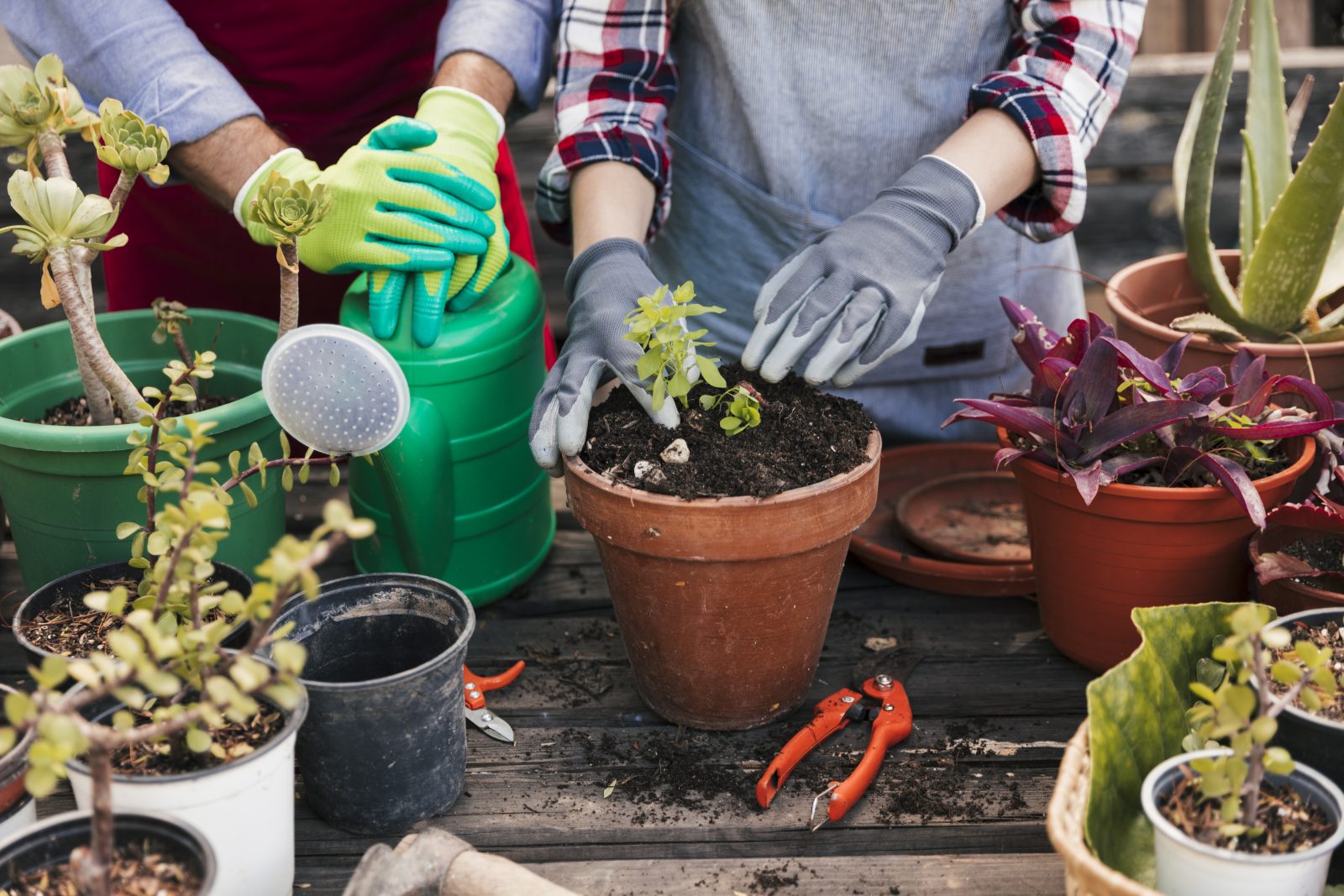
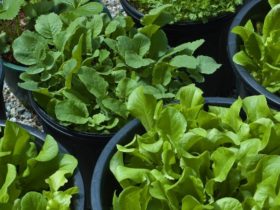

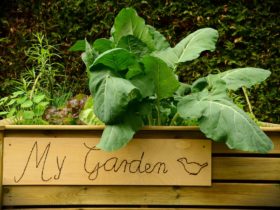
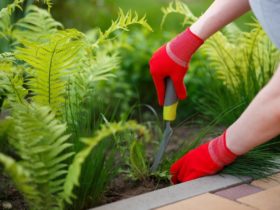
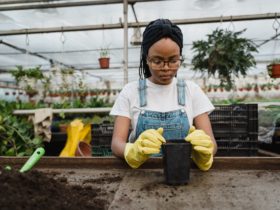
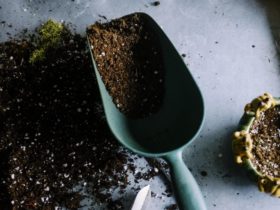

Leave a Reply